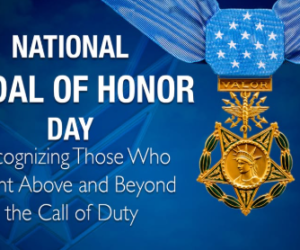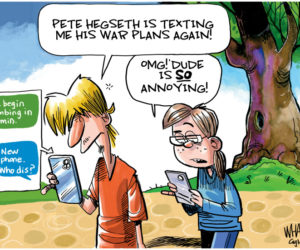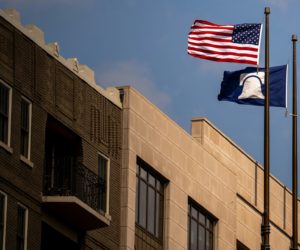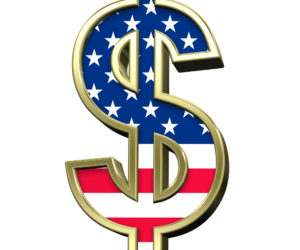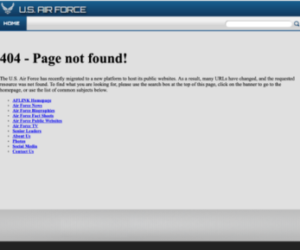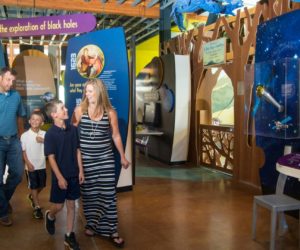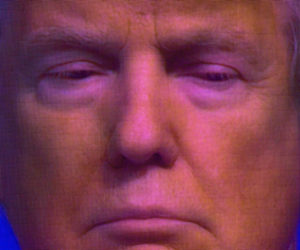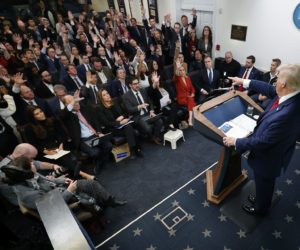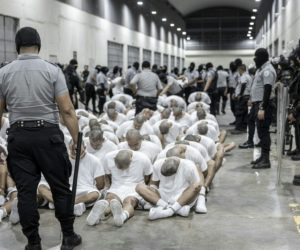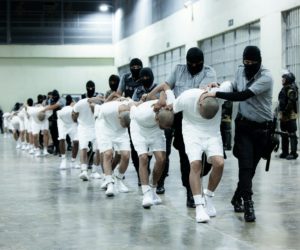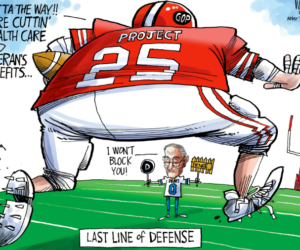LEXINGTON, Ky., Aug. 29 — The Federal Aviation Administration sent its managers a memorandum nine months ago forbidding air traffic controllers in towers to be assigned solo, with responsibility for both radar and ground observations. But the policy was not followed at Bluegrass Airport here, where a jet took a wrong turn to a too-short runway on Sunday and crashed before the lone controller noticed the error.
The memorandum was sent last November, after an overloaded controller at the Raleigh-Durham airport in North Carolina directed two planes too close.
Internal documents show that the air traffic manager here was trying to solve the staffing problem on the overnight shift by getting radar responsibility transferred to a round-the-clock center in Indianapolis that handles mostly high-altitude traffic, but he did not succeed.
Late Monday, the F.A.A. said it would add a second controller to the tower here on the midnight shift during the weekends, even though the field handles only about one plane an hour between midnight and 6 a.m.
MORE
Laura J. Brown, a spokeswoman for the F.A.A., said that the November edict was not a new policy, that it was seeking to enforce a longstanding policy that had somehow fallen into disuse. The agency’s headquarters learned of the staffing situation at Bluegrass only after the Sunday crash, Ms. Brown said.
But a controllers union official said the situation was not unusual. Andrew J. Cantwell, vice president for the southern region of the National Air Traffic Controllers Association, said that airports at Duluth, Minn., and Savannah, Ga., operated the same way, and that at some other airports, if a controller called in sick, the aviation agency would not pay overtime to bring in a replacement.
Unlike the situation in Canada and other industrial nations with privatized air traffic control, the F.A.A. is both the operator and the regulator. Ms. Hersman said, “What we’re going to be doing is asking for information from the F.A.A. about guidance, rules, requirements and what is appropriate for visual contact with aircraft.�

